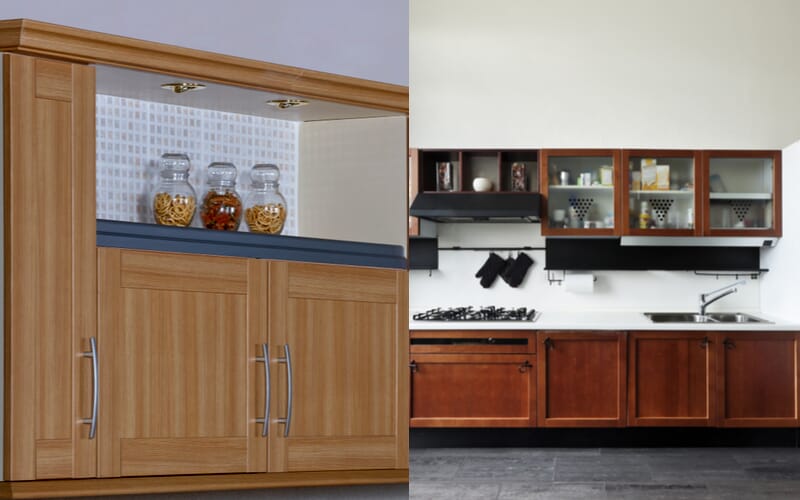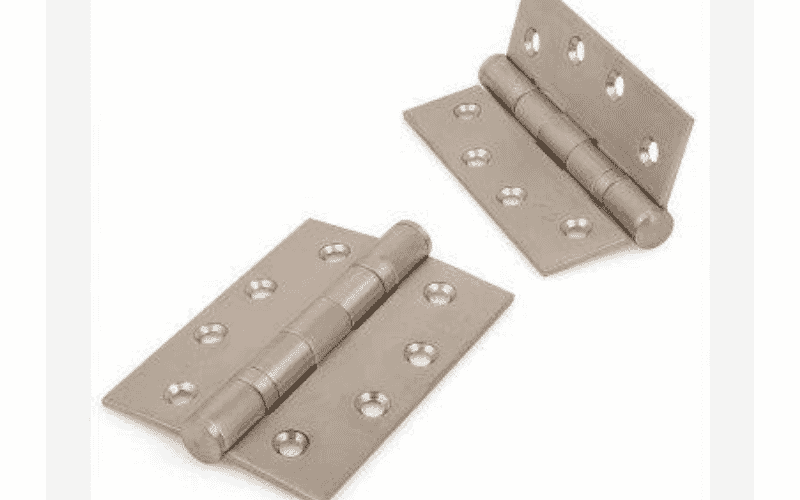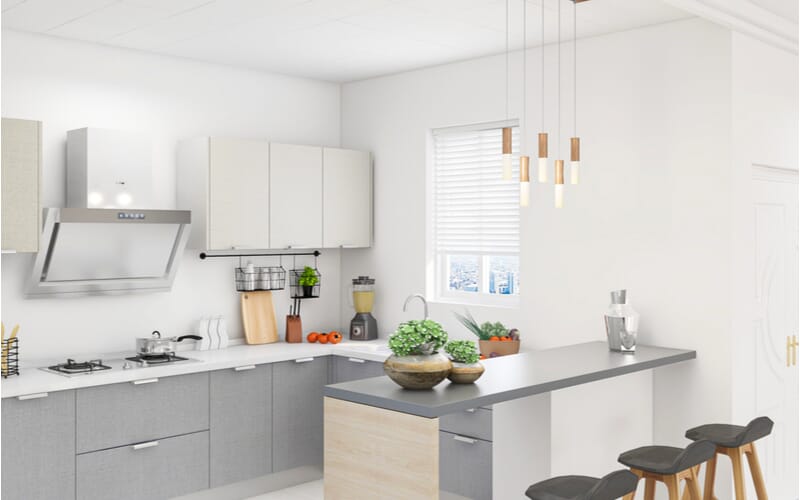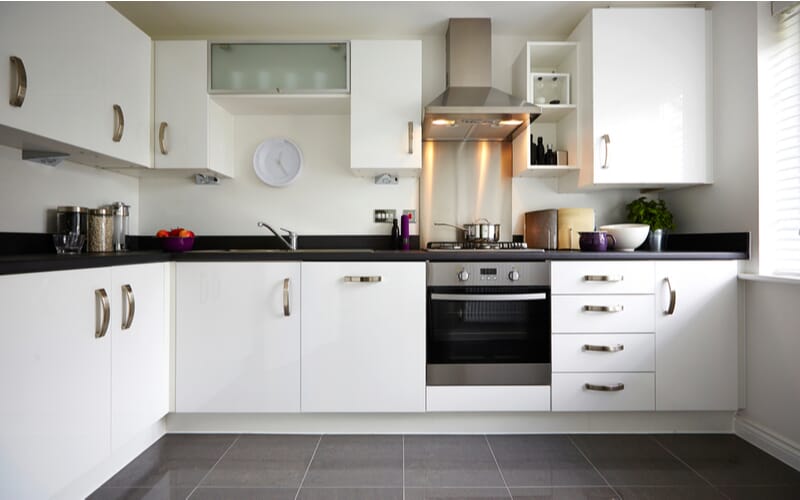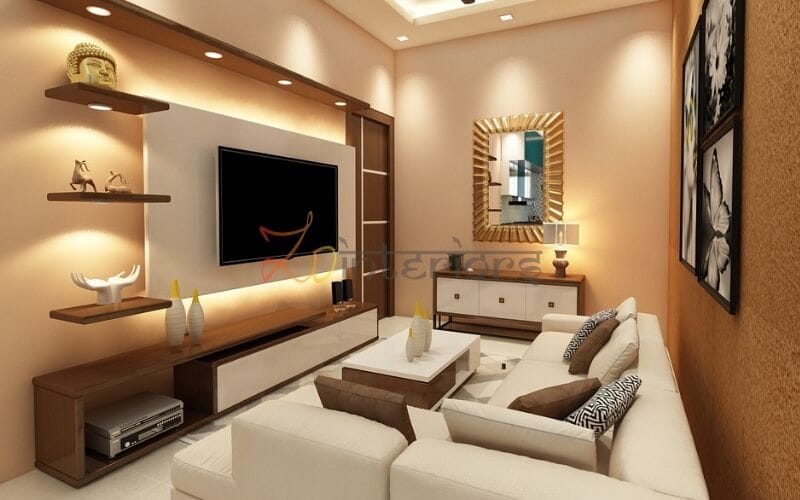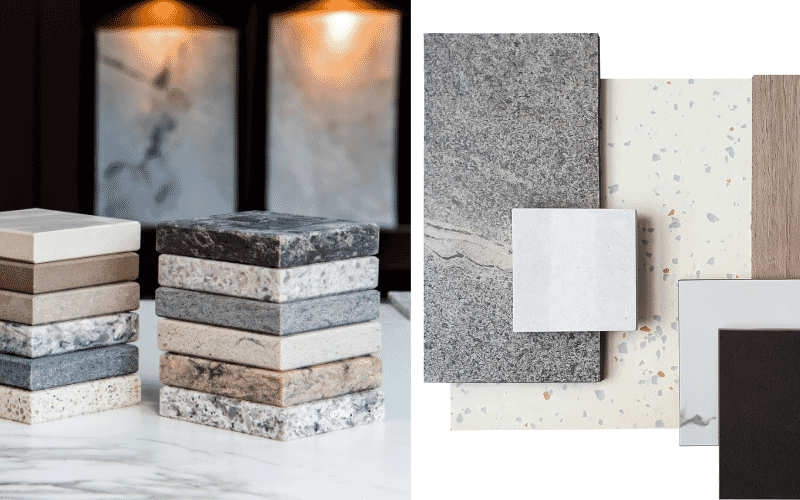Table of Contents
Vitrified Tiles vs Granite
The correct flooring for your household could help you get the look you want while also increasing the house’s total value. The best way to identify the optimal one would be to cross-reference the possibilities accessible on the street. Vitrified tiling vs. granite, for instance, are compared as people prefer different types of flooring for their homes.
Here’s a quick comparison of how the various flooring options compare in terms of price, longevity, and design.
Vitrified Tiles
Vitrified tiles are porcelain tiles that are almost impervious to water. They’re ice and moisture-resistant, making them an excellent choice for the exterior.
Granite
Granite is a naturally derived rock, opposing vitrified tiles, that are man-made. It has a gritty texture and comes in different colors, based on the elements that caused it to develop.
Important Criteria
1. Aesthetics
Density, longevity, permeability, and fluid resistance are all different. These aspects are also important to consider when deciding what type of flooring is ideal for a particular property. The type of flooring selected could also alter the aesthetics of the area, with bigger and brighter coloured floors making it appear wider and airier and narrower and darkened ones making it appear crowded.
2. Pollution Quotient
The pollution levels in the area are the first of these aspects to consider. Chemicals are commonly used to treat vitrified tiles, and they are also employed during the production chain for a variety of reasons, notably coloring and appearance. These molecules may inevitably collapse and become a component of the air that we breathe, just like any other molecule. Natural stone choices have an obvious advantage over vitrified tiles in this situation, as chemical consumption in cleaning and mounting is substantially lower.
3. Temperature Regulation
Vitrified tiles have a reputation for being chilly. Nobody wants their limbs to get any colder than they already are when they get out of beds on a foggy morning. Granite is also cold for the majority of the year, making it an excellent choice for hot-climate nations such as India.
4. Impact on Body
Vitrified tiles are typically not advised for one very crucial reason: the roughness that renders them a lasting alternative becomes a concern with regard to your bottom limbs’ health. They are so hard to work with that even physicians advise against using them. Natural stone is the easy winner in this context.
Vitrified Tiles Vs. Granite
Since they are artificially produced, vitrified tiles offer the appearance of uniformity in design and color. Granite, on the other hand, is developed naturally and hence exhibits distinct gradients and color and texture variations. Granite needs an external coating of varnish to render it water-resistant, whereas vitrified tiles are already water-resistant. Granite, on the other hand, is popular because of its vibrant colors and saturated texture.
Here are a couple of extra things to think about while deciding between vitrified tiles and granite:
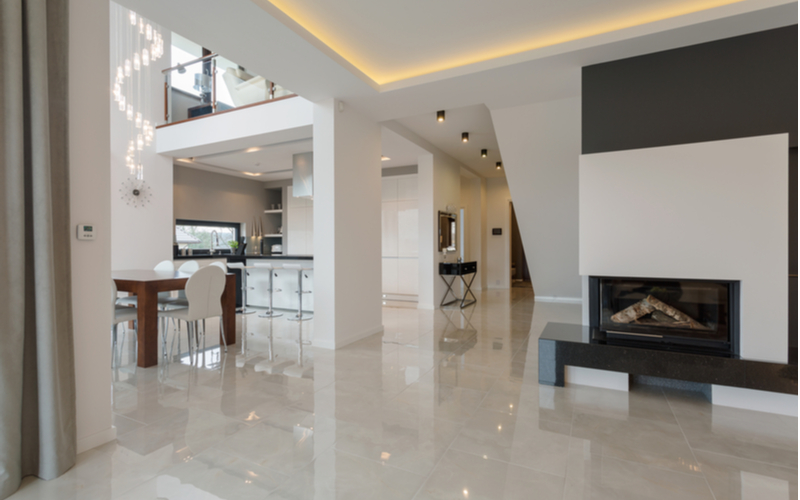
Vitrified Tiles 
Granite
1. Pricing
Vitrified tiles, one of the most prominent flooring options, are far less expensive than granite. Such ceramic tiles are offered in mass and as pieces that could be significantly cut to your preferred size.
Granite is more costly than marble since it is a natural material that is more difficult to come by. Granite is so weighty that it often requires sub-flooring for stability, so householders must account for the installation costs.
2. Durability
Vitrified tiles are ideal for the kitchen since they are robust and resistant to moisture, cold, and spills. There’s no need to be concerned about fungi or germs growing. They do not really discolor even when exposed to direct sunshine. Heavy things dropping on the surface might leave chipped dents that can’t be filled up, therefore vitrified tiles require additional care to avoid flaking.
Granite is among the toughest natural materials we know, and it maintains a vintage look even after extensive use. It is very resistant to scratches, fire, chemicals, and moisture when coated, making it a great option for bathrooms and kitchens. However, while damp, the surface becomes highly slippery and abrasive, both of which might result in harm if anybody falls.
3. Aesthetics
Vitrified tiles have a homogeneous texture in terms of appearance and hue, making it easier to accomplish a uniformly coloured surface. Because it’s generated chemically, there’s much more shape, texture, and comfort to choose from. The inherent inflexions in granite, on the other hand, render it opulent and a one-of-a-kind main focus. Whilst the color palette is restricted, the surface’s variety of minerals offers subtle complexity.
Granite has a natural gloss and sparkle that vitrified tiles lack. The jagged spots and mortar lines are more evident because they are wider. Furthermore, large-dimension tiles with more seams, such as granite, are not available. The latter, in comparison to the former, appears more organic, sophisticated, and expensive, with barely noticeable grout lines.
4. Porosity
Vitrified tiling is non-porous and absorbs almost no water as a result of the vitrification process, while granite is a strong and resilient natural material with somewhat porous qualities.
5. Market Availability
Vitrified tiles are readily accessible in stores throughout the country and are ready to install. In far less than 2 business days, these could be fitted.
Granite, on the other hand, is frequently difficult to install. The latter requires specific cutting, sanding, and finishing, which is a lengthy procedure.
6. Style Range
Because vitrified tiles are artificially made, you can choose from a wide range of fashionable designs, colors, patterns, and textures. For upkeep concerns, you may not be able to acquire the same color or type.
Granite, on the other hand, has a unique natural texture for each piece and comes in a restricted range of designs and hues.
The winner of the flooring-type battle, in the end, is determined by the appearance you want to achieve. Granted, vitrified tiles are the more cost-effective option, but granite exudes luxury. We hope that this elaborate rundown of both vitrified tiles, as well as granite, enables you to make an informed choice regarding what might be best suited for your kitchen.

